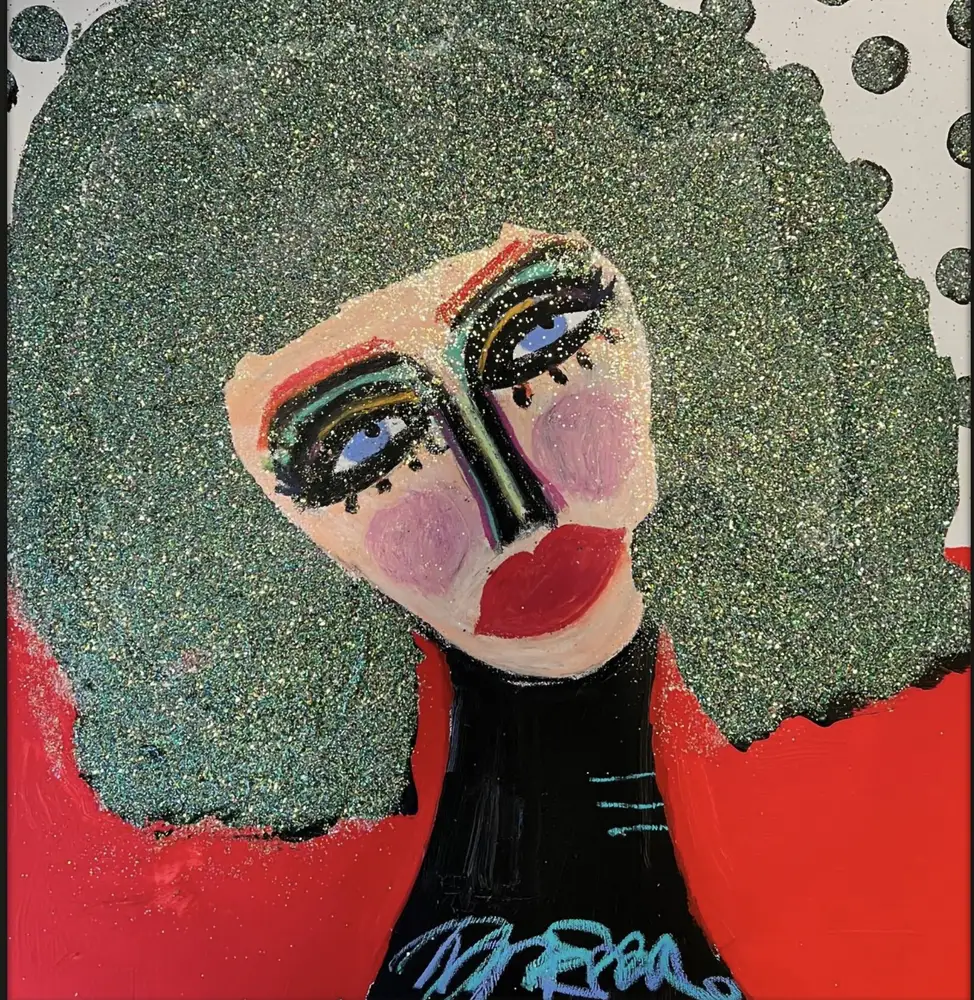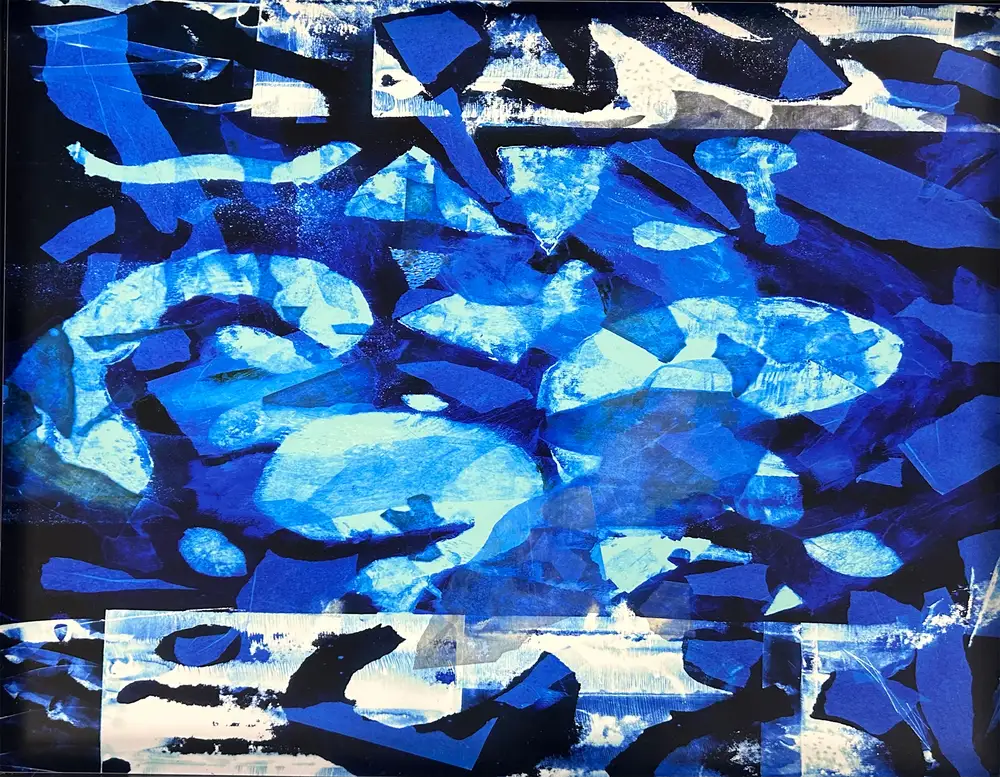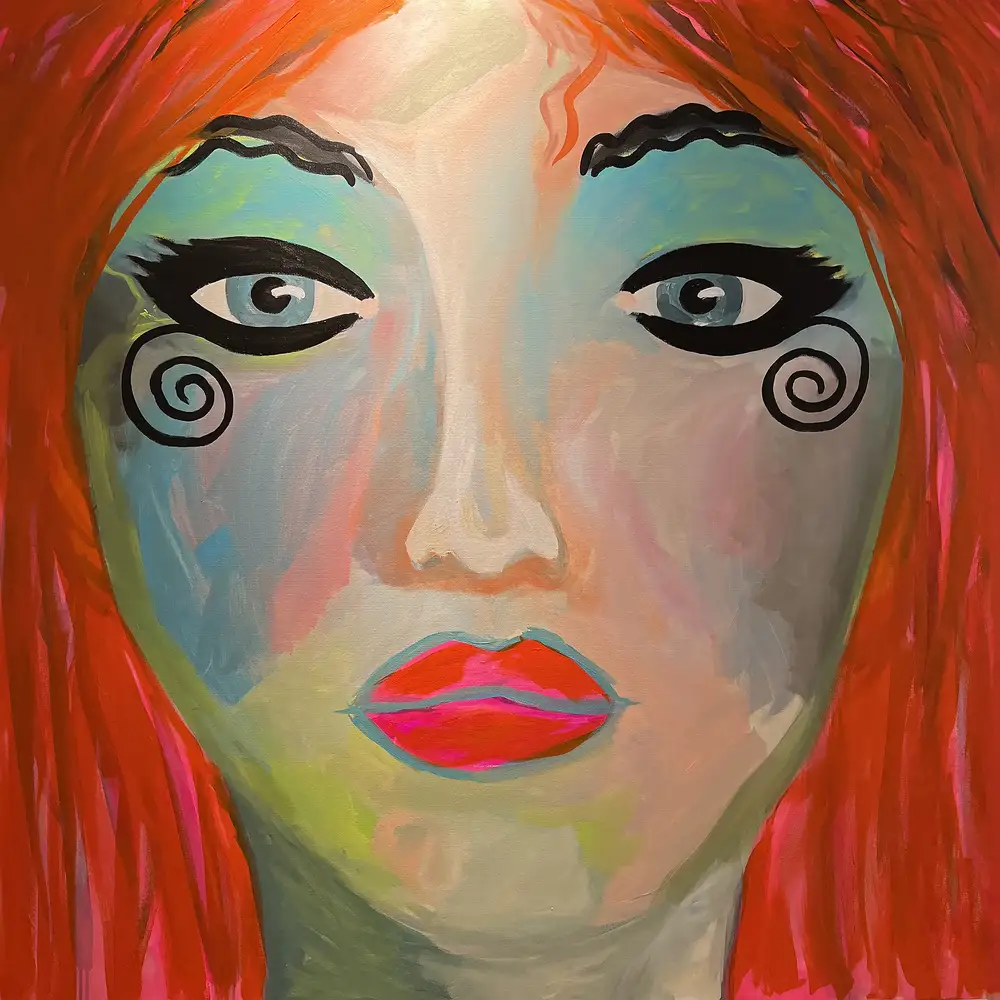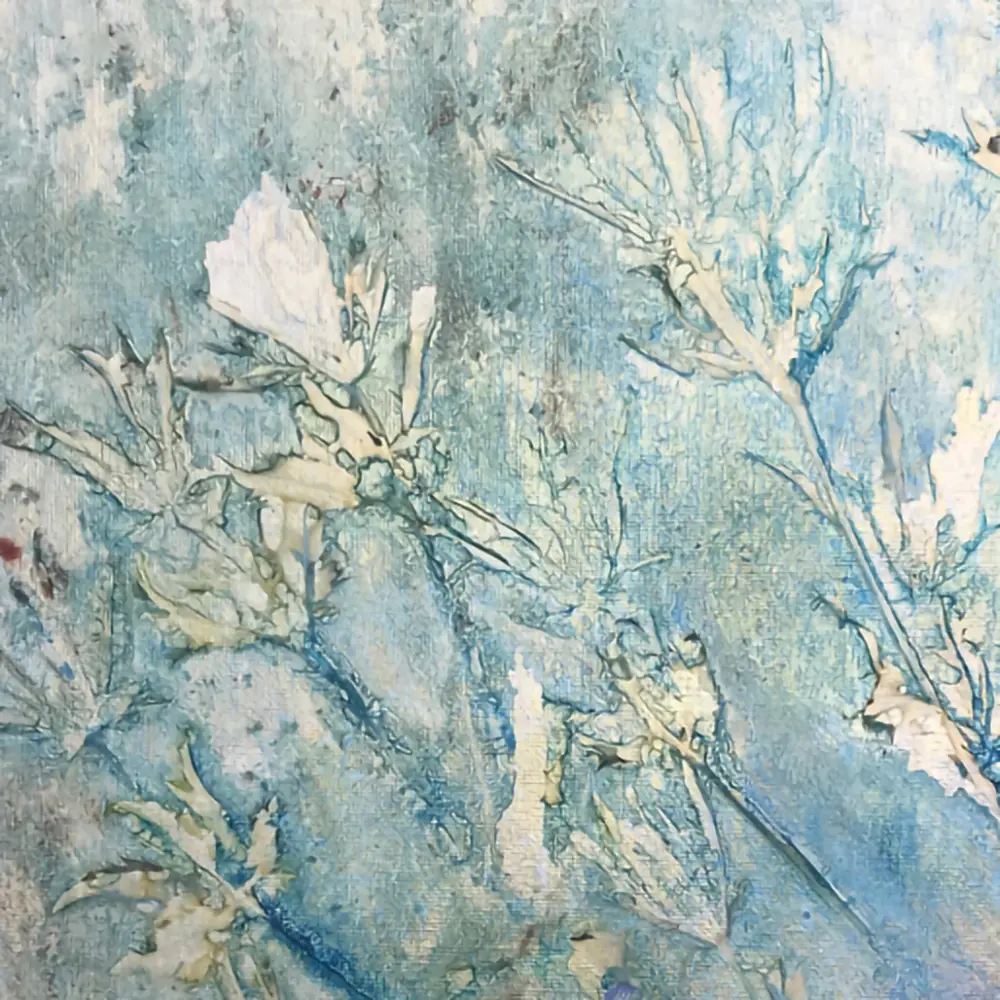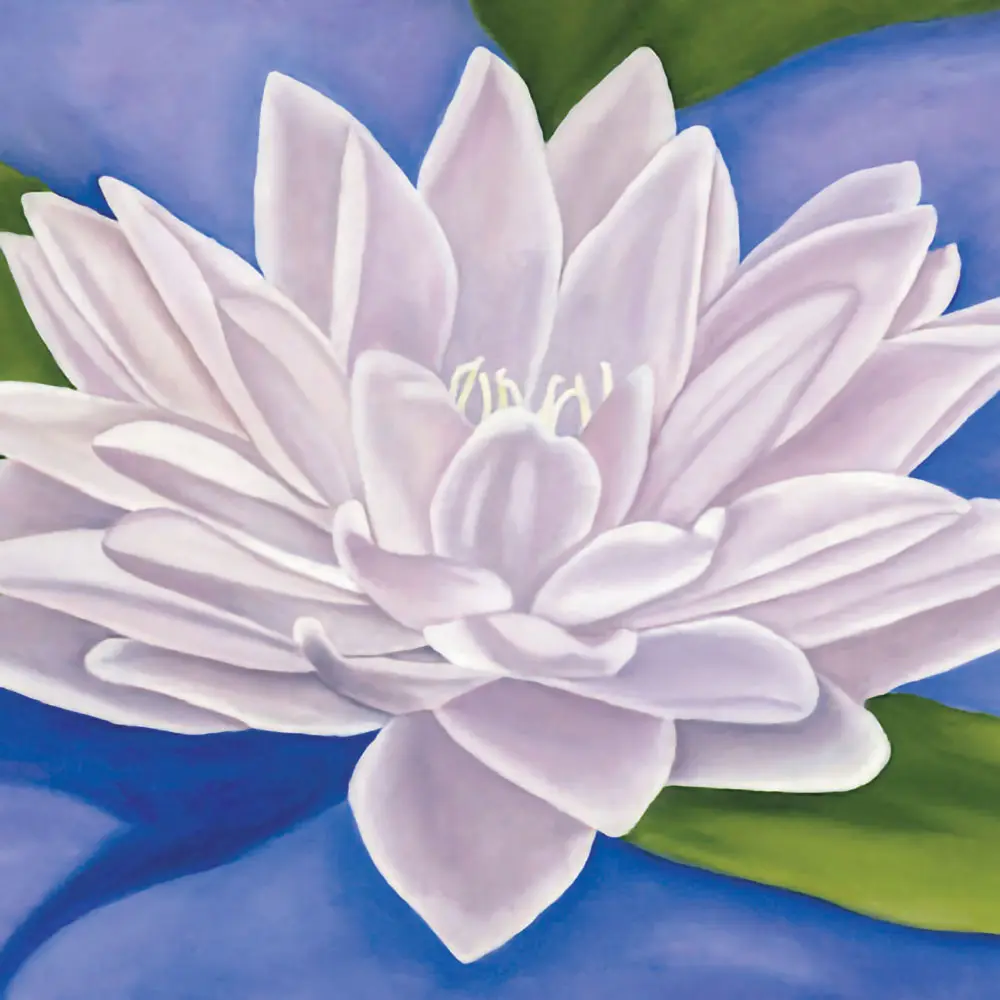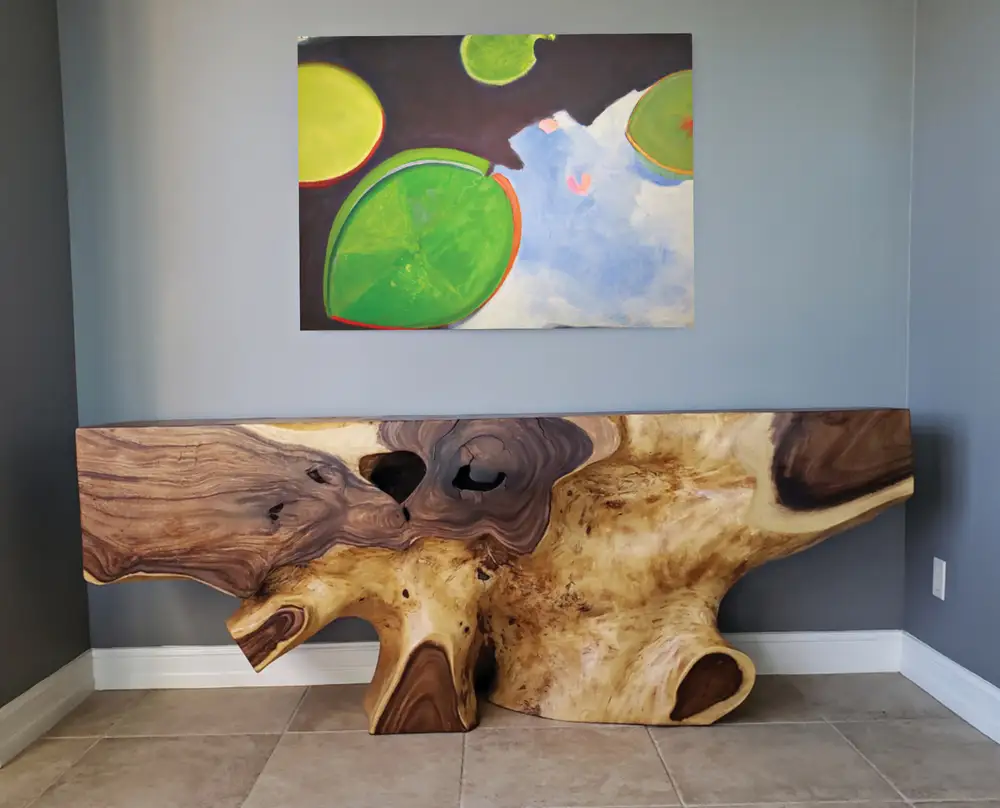The Care and Keeping of Artwork: 5 Storage Tips

How to store art?
Knowing that collectors of fine art have invested substantially in each piece, it is understandable that they have a great interest in protecting it. They want to be sure they store their art in the right way when it is not on display. When you think about how to best care for your art, consider the following five storage tips.
#1 Avoid Direct Sunlight
Exposure to light is one of the foremost reasons that displayed paintings deteriorate. This is especially true when an artwork is exposed to direct sunlight–a chemical reaction occurs when some painting mediums are subjected to ultraviolet radiation. Further, canvases can also suffer damage. Making sure art is properly lit in an area where it won’t be in the line of direct sunlight is key.
#2 Monitor Humidity
Another factor to consider when storing art is the humidity level in the storage space. You should make sure your humidity level is set at the most ideal level for your collection. You can use different tools to help you set and monitor the humidity; for instance, a hygrometer will allow you to measure the inherent moisture inside an enclosed space, air blowers can improve ventilation, etc.
#3 Separate Stored Artwork
If you will be storing multiple unframed pieces of art flat, make sure to use a conservation matboard in between each. It should be thick enough and have a wide border to keep each piece of art separate from the others. Using a conservation matboard will help you to avoid creasing and other damage.
#4 Do Not Touch the Art
Natural oils from your hands can cause a chemical reaction to some artworks, especially paintings. This is why you should always wear soft, cotton gloves when handling art pieces that aren’t framed or otherwise contained. Without gloves, you risk leaving fingerprints or other damaging marks.
#5 Document Everything
You should also keep track of the art in your collection. You should keep and organize things such as purchase receipts, certificates of authenticity, and any other accompanying documentation so that it is available for valuation and insurance purposes, or in case you decide to sell any pieces in the future. It is crucial to use an inventory system to track each piece and archive the important documentation you have about your fine art collection.
The Naples Art District boasts the largest concentration of working artists in Southwest Florida. It is home to a coalition of over 90 visual artists who maintain their working studios and galleries there. The Naples Art District is a 501(3)(c) nonprofit organization that is open to the local community and to visitors from around the world. If you are planning a trip to the Naples area, contact the District at any time via their official website or by phone at 239-249-1977. If you would like to visit the Naples Art District for a self-guided tour, there is an interactive map published on the site for public use.
